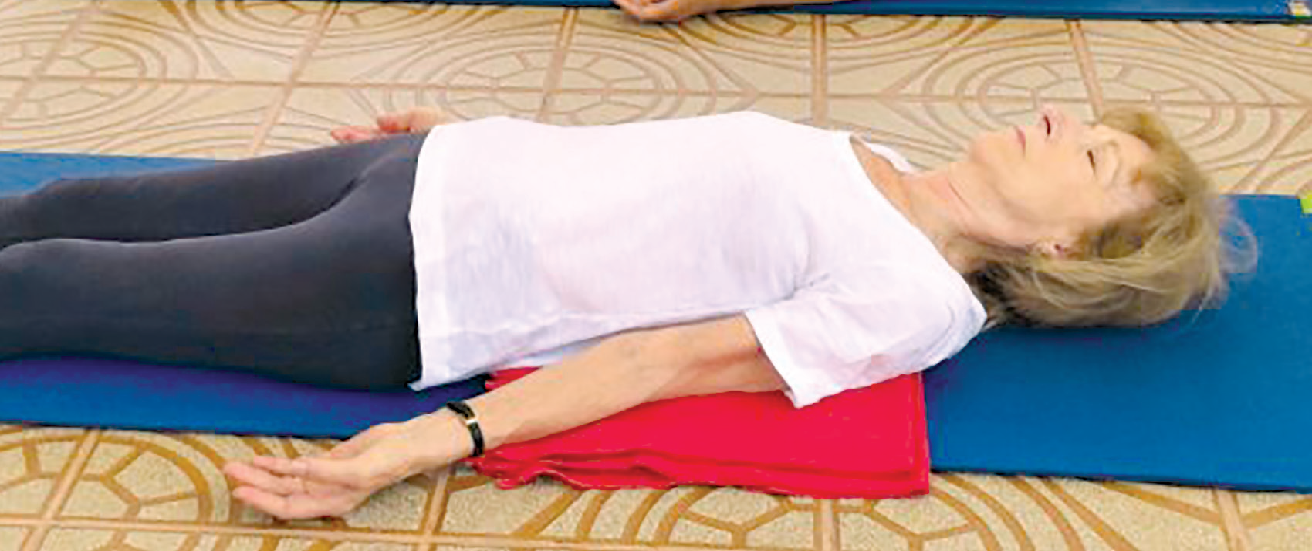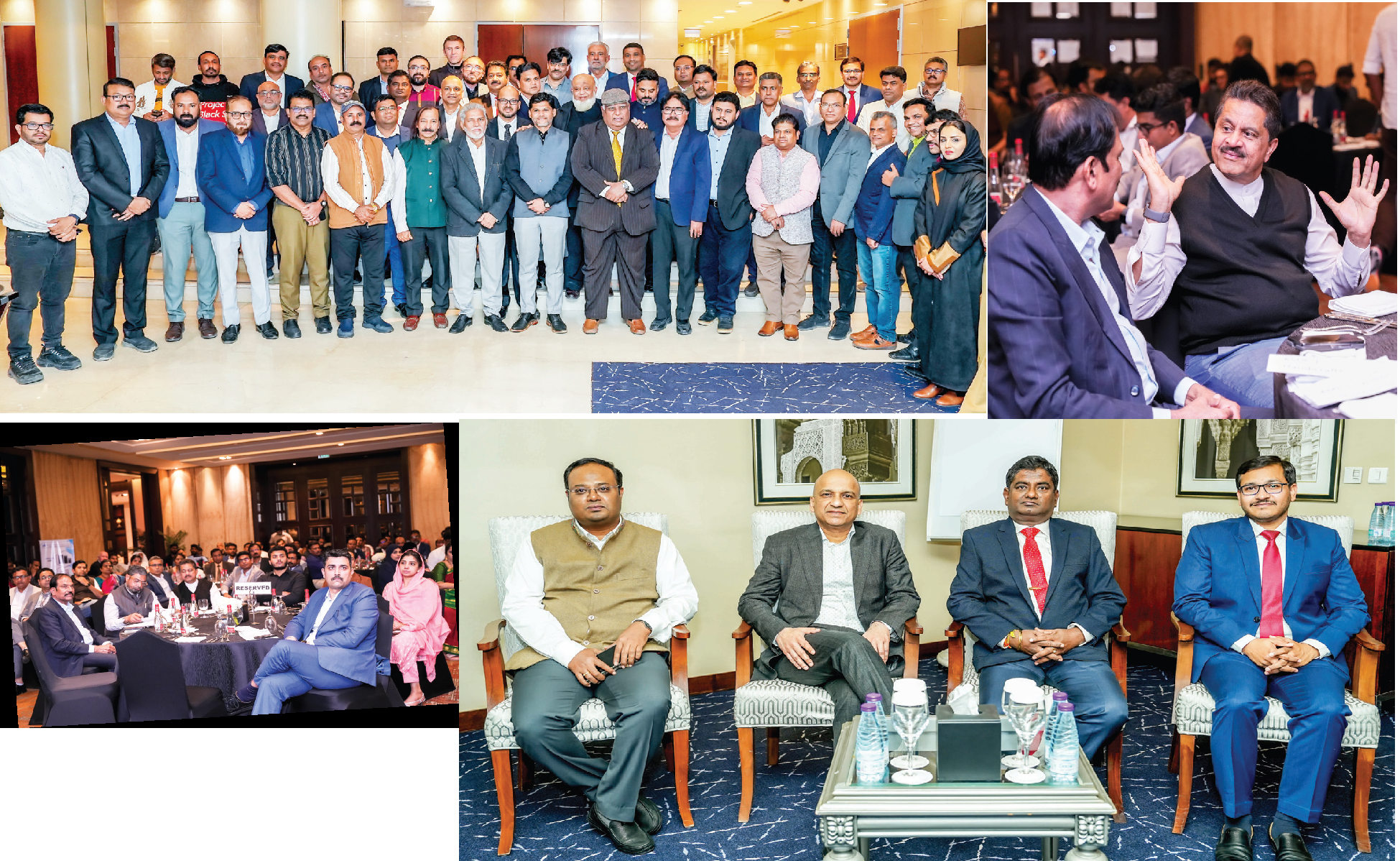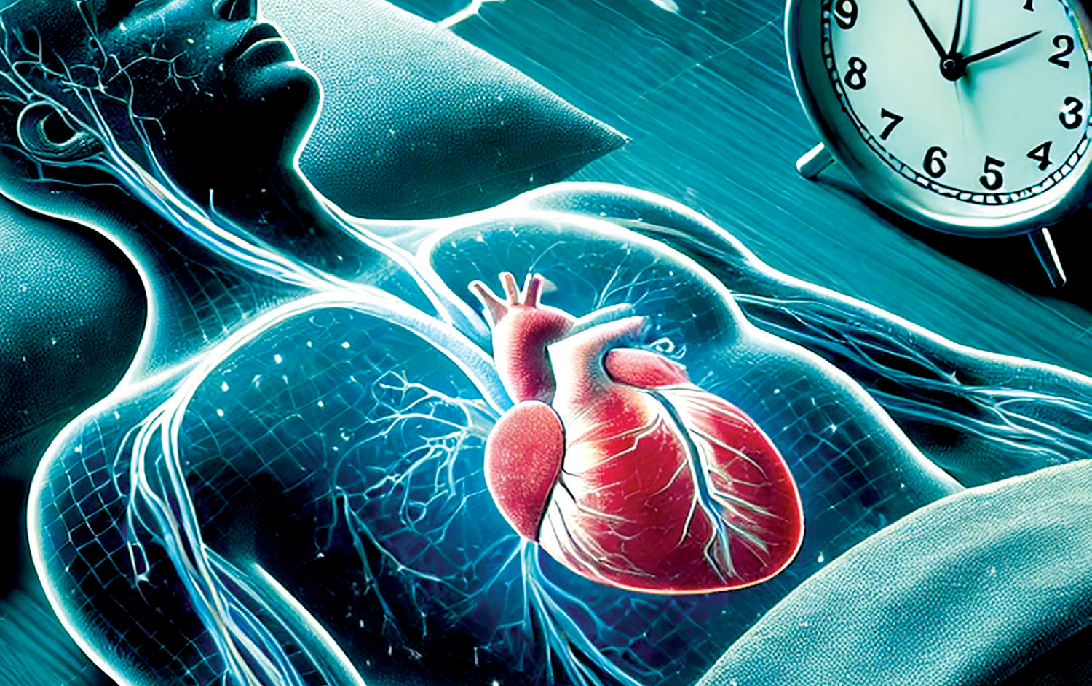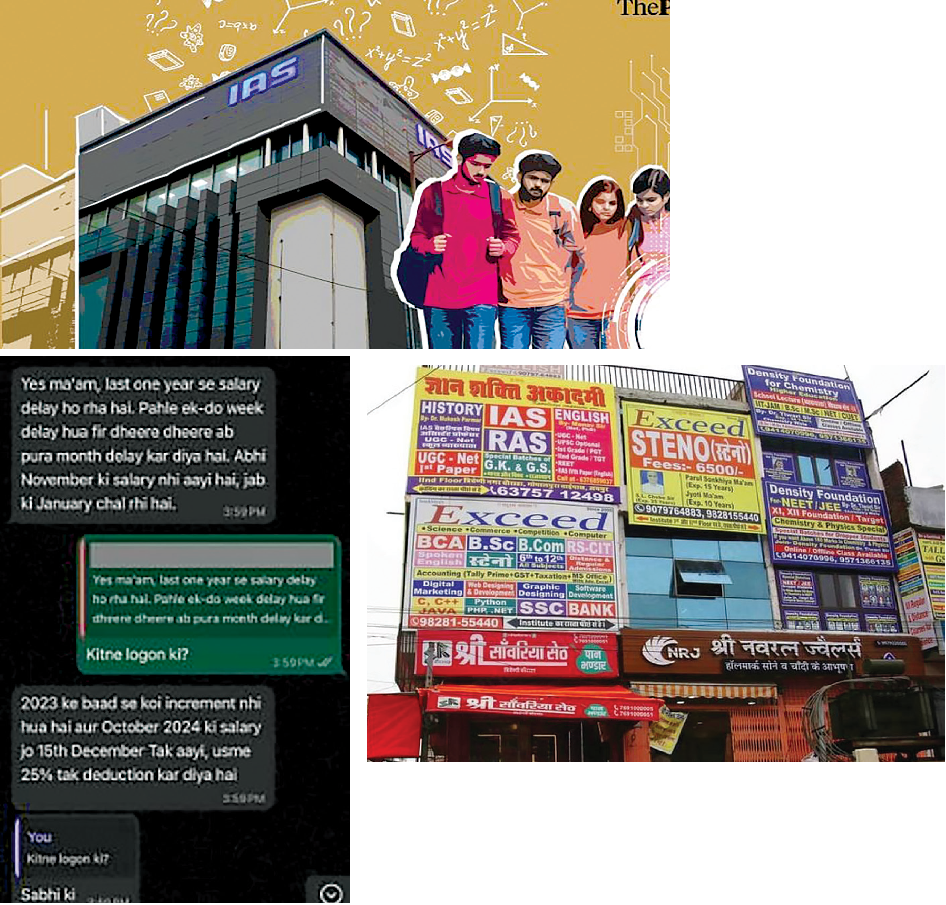
Karnataka’s Kodavas are fighting extinction with gun festival & bamboo curry
A dwindling population, dilution of tradition, and diminishing national presence have fuelled urgency within the Kodava community in Bengaluru and the neighbouring Kodagu region.
Sharan Poovanna
The lunch was a celebration of Kodava pride, heritage, and culture. Two batches of guests at The House of Kodavas in Bengaluru savoured shredded pork on akki-totti (rice rotis), mutton mince-filled ghee rice, and a vast menu of traditional Kodava cuisine like otti-pandi curry and beimbale (bamboo shoot), each given a contemporary twist. Even the table mats served as a dossier of sorts, detailing aspects of Kodava culture. The Bengaluru restaurant is an initiative to “keep the [Kodava] clan together”. A dwindling population, dilution of tradition, and diminishing national presence have fuelled urgency within the Kodava community in Bengaluru and the neighbouring Kodagu region. Initiatives like the House of Kodavas seek to create a community-focused social and business network akin to those of the Parsis or Jains.
“We Kodava say that we are a clan of warriors and need to support each other. But I would definitely say we are lacking in this,” said entrepreneur Kallichanda Revathi, 43, who helped conceptualise The House of Kodavas initiative. From community organisations to social media, Kodavas are using various platforms to infuse a sense of togetherness and align it with economic interests. The annual gun festival, field hockey tournament, and return to the Kodava script Lipi are all part of a concerted attempt to revive Kodava identity and raise awareness about the “existential crisis” facing this endangered ethnolinguistic minority group from southern Karnataka.
Free and Fair Journalism Will Continue to be Important in 2025 You are crucial in ensuring that independent journalism thrives. Support us in delivering unbiased, in-depth stories that matter. “Serving Kodava cuisine like a normal restaurant will make no difference to our business. This is about serving the same dish differently to help us get noticed. This will help Kodava entrepreneurs,” said Kalengada Bopanna who runs Umbak Entha, a cloud kitchen, and one of four entrepreneurs who organised the lunch. But the enthusiasm attached to flaunting one’s Kodava lineage has not translated into practice, said elders of the community like N U Nachappa, the president of the Codava National Council, a group fighting for recognition of its unique identity and homeland.
Over the years, Nachappa has made representations to every high office in the country as well as the United Nations to secure due recognition and protection for the Kodava community. “Kodavas are literate but not educated. Our problem is that we have no political instinct. There is no assertion of our cause. And this allows everyone to take us for a ride,” he said.
‘Festival of guns’ Around 50 people gathered in an open field at a private resort in Ballamberi village on Wednesday morning to celebrate the 14th annual ‘Thok Namme’ (gun festival). The women wore the full Kodava saree style and attire, and most men sported long handlebar moustaches, looking regal. The event began with an offering of prayers to guns, followed by shooting competitions for men, women, and children. Kodavas have the freedom to possess weapons, a right dating back to the 1830s when the British exempted them from the Indian Arms Act for their contribution to the fight against Tipu Sultan. Though not part of any traditional festival, the CNC created the event to instill Kodava pride, revive ancient customary practices, and keep the movement active and thriving. Kodavas have made a name for themselves in sports, especially hockey, and for their service to the army.
Field Marshal KM Cariappa and General KS Thimayya, along with athletes like Ashwini Ponnappa, have become icons not only in their respective fields but also as symbols of Kodava pride and resilience. Unlike several other microgroups that do not enjoy the same social capital, the Kodavas have evolved as one of the more successful and progressive communities. Their customs are distinct from other communities anywhere in the country. However, scholars and historians say that distinctiveness is eroding. “The bigger threat to Kodava’s way of life is from within India, with more people adopting Hindu and brahminical practices,” said Prof. CC Sowmya Dechamma from the Centre for Comparative Literature at the University of Hyderabad. During colonial rule, Kodavas were enumerated as a separate race until the 1941 census when they were merged under the Hindu religion. Traditional Kodava marriages, for instance, do not have priests conducting rituals. It is the duty of the elders to conduct the ceremonies.
“We are nature and ancestor worshippers. But now, we are conducting Homas (sacred pyre) where Brahmin priests ask us to throw rice we grow into the fire. This is absurd,” said a Kodagu-based author and academic, who did not want to be named. People who spoke to ThePrint added that this religious appropriation has also turned Kodava into a bastion of right-wing ideologies.
“This merging of [our] unique identity with that of mainstream Hindus has led to blind support [for] political parties that subscribe to such beliefs,” said Nachappa. He added that there is no incentive for political parties to take their demands seriously.
‘Separate race’ Nachappa and the CNC have been fighting for the Kodavas to be granted Scheduled Tribe (ST) status. A section of community members cite the declining population as justification for this measure. The 2011 census indicates that the number of Kodavas decreased from around 1.5 lakh to around 1.25 lakh. According to Nachappa, the numbers are inflated. Coorg, as it was formerly called, was a state for six years between 1950 and 1956 but was later absorbed into Karnataka, merging its identity.
This continues to rankle community members, who are now seeking new ways to establish a separate identity. Efforts to preserve Kodava distinctiveness include popularising the Kodava script, ‘Lipi’. Though not officially recognised by the Karnataka government, a growing number of Kodavas have started using it on signboards for temples and commercial establishments. These ef forts received a boost when folk dancer Rani Machaiah was honoured with a Padma Shri last year for her contribution to preserving Ummathat, the traditional Kodava dance, since 1984. As the former president of the Karnataka Kodava Sahitya Academy, she has encouraged Kodavas to promote the Lipi. Even now, there are tensions over whether Kodavas should be classified as a race or a tribe. “These so-called progressive people acted as representatives of the community and said they did not want it [the ST status] since they were a prosperous people,” said a senior advocate and political leader who requested anonymity.
“Most of the rich in Kodagu are big companies and people from other states who own large coffee plantations, while Kodava land holdings continue to fall sharply.” On the other hand, a Kodagu- based author and academic argued that Kodavas “parroting” the ST demand fail to grasp its limitations.
‘Carrots and sticks’ In April 2024, Guinness World Records officially recognised the 24th edition of the ‘Kodava Hockey Namme’ as the largest field hockey tournament. This edition featured 4,834 players and 360 teams, hosted by the Kundyoloanda family as part of a month-long tournament.
This event has become central to Kodava culture, reconnecting family members scattered across Karnataka, India, and the world. Kodava Samajas in major Karnataka cities organise cultural and sporting events, arrange marriages, provide support during funerals, and act as lobby groups to engage with the administration, keeping the community connected to its roots.
(The Print)
 English daily published in Bengaluru & Doha
English daily published in Bengaluru & Doha






